Arctic Cat Wildcat vs. Polaris RZR XP
Up until today there has only been 2 true SPORT UTV models to select from and both happened to be made by Polaris. The Polaris RZR S was the first sport minded UTV to hit the market, equipped with factory long travel suspension. RZR S changed the UTV game all while giving consumers the option to buy a UTV that came with the type of suspension usually reserved for the aftermarket. In January of 2011 Polaris trumped themselves and the entire industry with the release of the Polaris RZR XP 900. The XP 900 immediately jumped to the top of the list for consumers who wished to buy a UTV from the dealership with both suspension and POWER! Polaris changed the game with the new XP 900, boasting a rear trailing arm suspension design that resembled that of a sand car and a new, larger power plant. The XP 900 has now become the go to UTV for those looking for a true SPORT UTV. Well now the game is being changed once again. However, this time it is not by Polaris. In July 2011 Arctic Cat busted on the scene with their new answer to the XP 900 and the entire craze surrounding the SPORT UTV market. Arctic Cat introduced the 2012 Wildcat Sport UTV. Much like the RZR XP 900 by Polaris, the Wildcat will utilize a trailing arm rear suspension, which just happens to boast industry leading wheel travel. Arctic Cat did not ignore the power side either, powering the machine with their 1000cc V-Twin 4 stroke. Now sport minded consumers are asking the question, Wildcat Vs. RZR XP 900? So we decided to take the numbers and crunch them down giving you your first comparison between the 2 most talked about UTVs of the year. In the dunes, there are a few factors that make a vehicle perform well:
Polaris RZR XP vs. Arctic Cat Wildcat Suspension The Wildcat boasts some incredible wheel travel at 17″ in the front and 18″ in the rear. This will be a huge asset in the dunes. Head to head, the RZR XP 900 and the Wildcat look to have similar horsepower numbers. Based on the weight difference, we believe the Wildcat would lose in a straight line, smooth terrain hill shoot. But where the Wildcat may shine is when you toss in some whoops or rough terrain. With 13.5″ more wheelbase and 3″ 4″ or more wheel travel, the Wildcat should be able to keep the available power to the ground better.
The Wildcat and RZR XP 900 both feature rear trailing arm suspension. Arctic Cat has opted for a 5-link and Polaris for a 3-link. The Wildcat has 2 inch adjustable Walker Evans Racing shocks with piggyback reservoirs. The RZR XP 900 has 2 inch adjustable Fox Racing Shox with piggyback reservoirs. Both of these suspension types have a long history in off-road racing and provide improved performance over typical a-arms when it comes to high speed and rough terrain. Both shock types are also customizable when it comes to valving and dampening. What we mean is if the supplied adjustments still are not giving you the tune that your riding style requires then you can have them pulled a part and fine tuned to your liking by a shock expert or by FOX Racing Shox and Walker Evans Racing themselves. This is huge especially for the consumer who plans to compete with their new UTV. One area where the Wildcat has an advantage which helps performance in the whoops is wheelbase. The Wildcat is not only 11.5″ longer overall, but the Wildcat’s 90 inch wheelbase is 8.5 inches longer than the RZR XP. The only downfall to this extra length is getting it to the dunes. Many duners have tight circumstances in their trailers and another foot can be a big deal. Engine The heart of the new Wildcat is a 951cc V-Twin, SOHC 4-stroke with Electronic Fuel Injection (EFI) has proven itself on the Prowler XTZ. On the Wildcat, the 1000 H.O. has been tuned to deliver even stronger acceleration thanks to the extra torque and horsepower provided by heavy-breathing 50mm throttle bodies, a new 2-into-1 ceramic coated exhaust and an all-new air intake system. At the heart of the RANGER RZR XP 900 is the all-new, 88 horsepower ProStar 900 Twin EFI engine that was built specifically for an extreme-performance Side x Side. The engine features Dual OverHead Cams (DOHC), four big valves per cylinder and a 180-degree crankshaft for balanced performance and fast throttle response for groundbreaking acceleration. Engine placement is also key in the design of the chassis and seating. Both of these vehicles place the engine behind the seat which helps in a few ways. It allows the seat position to be lowered for a much better center of gravity and also helps produce a better front-to-rear weight ratio. Off-road vehicles tend to handle rough terrain better if the rear of the vehicle carries a little more weight than the front (e.g. 60-40 ratio). Power Steering Arctic Cats Variable Assist Electronic Power Steering (EPS) on the Wildcat delivers even greater steering control and ease. The EPS system is a managed electronic control unit (ECU) that measures steering input force, tire resistance and vehicle speed, and then provides the appropriate assist to the steering column through an electric motor. The RZR XP does not come standard with power steering, but it available as a PURE Polaris accessory, on some Limited Edition models and also as an aftermarket accessories from companies likeWicked Bilt. We love power assist steering for UTVs and think that it is great that it is available for both of these vehicles. If you are a fan as well, factor that into your cost comparisons since you would need to add that to the RZR XP. Weight When you are looking at a vehicle that has less than 100 horsepower, more weight is a performance killer. The claimed dry weight of the Wildcat is 115 lbs. heavier than the RZR XP 900. Both vehicles have enough horsepower to push the cars nicely through the dunes, but if the horsepower of these vehicles is nearly equal, the RZR XP 900 will win the straight-line race. Keep weight in mind when modifying your UTV as well. We hear lots of complaints of not enough power from consumers but then we look at their UTVs and find they have loaded it up with an extra couple hundred pounds of accessories! With that said, you never want to jeopardize safety for the sake of saving weight! Videos: Polaris RZR XP 900 Arctic Cat Wildcat 1000 Specification Comparison
Conclusion: Competition is a good thing! We are thrilled that another manufacturer has entered the pure-sport UTV market with a vehicle that makes duning fun. There is a HUGE market for sport UTVs, and Kawasaki, Honda, Yamaha and Suzuki should take note. More Resources: |

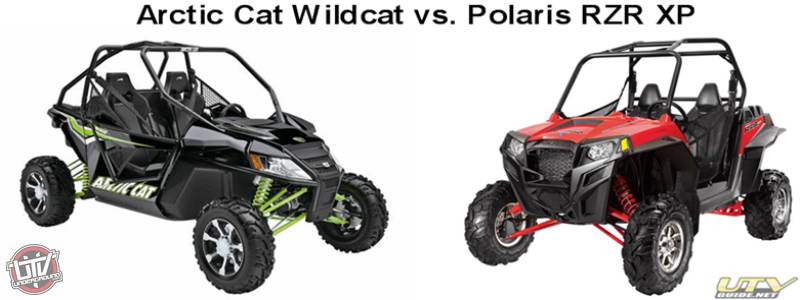

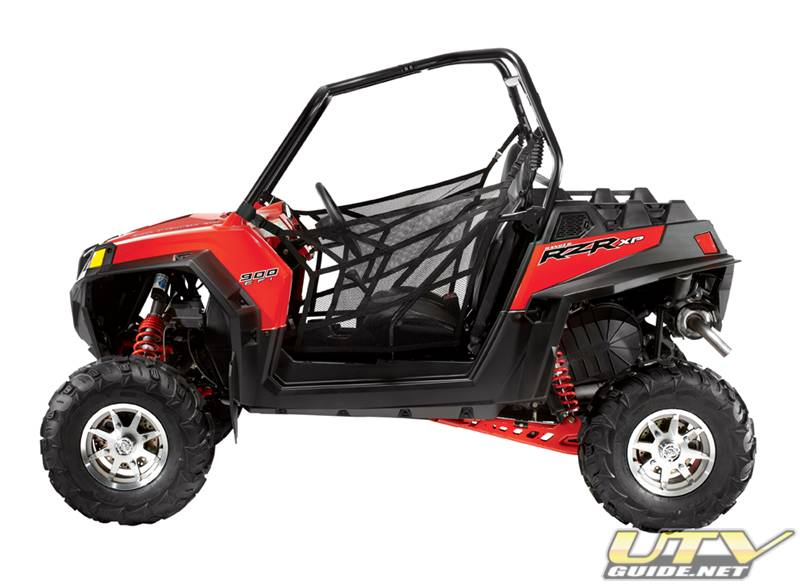
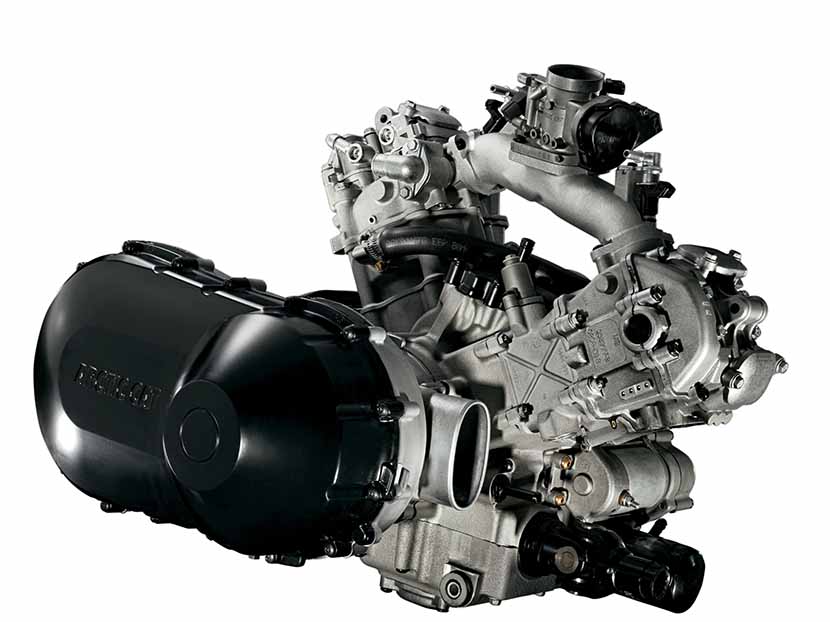
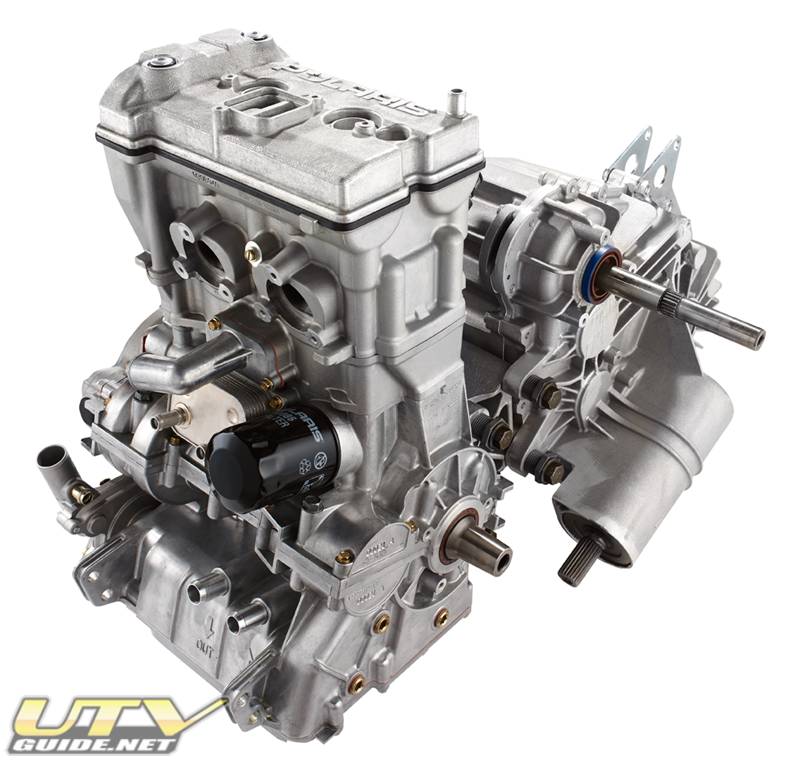
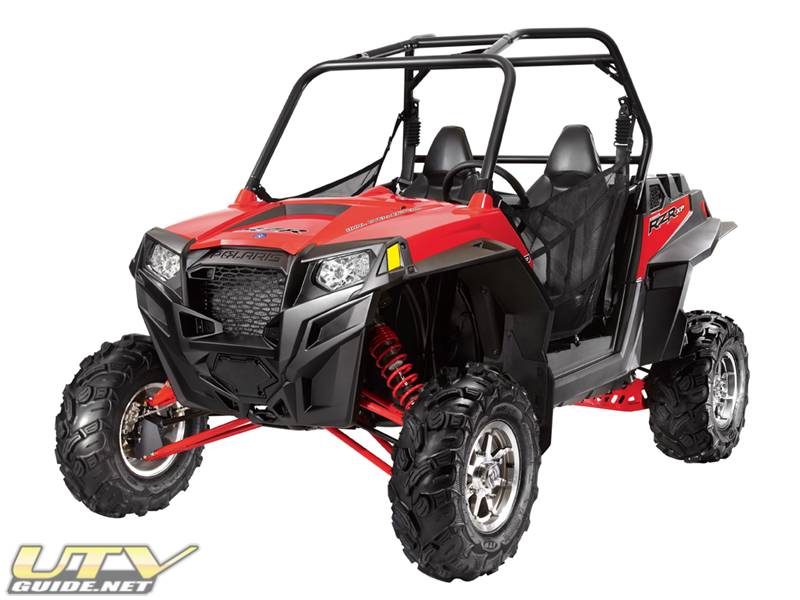
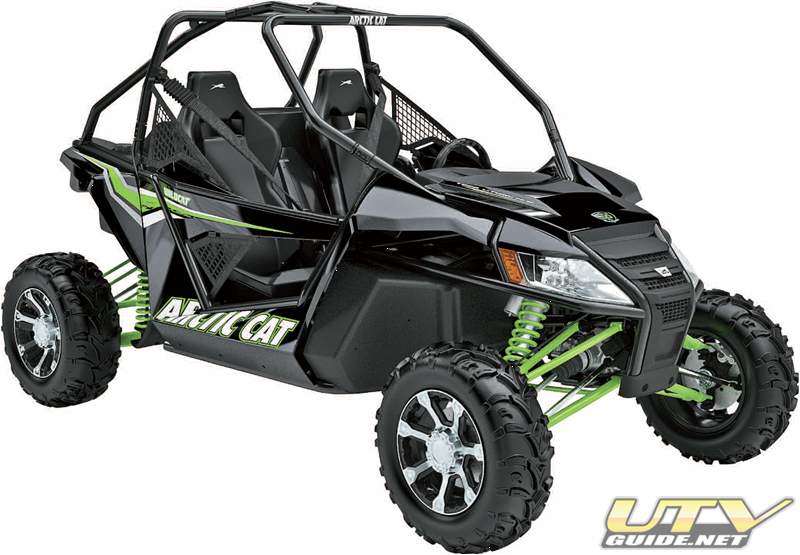
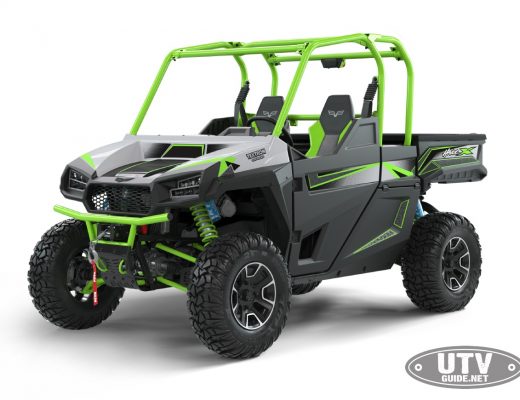
No Comments